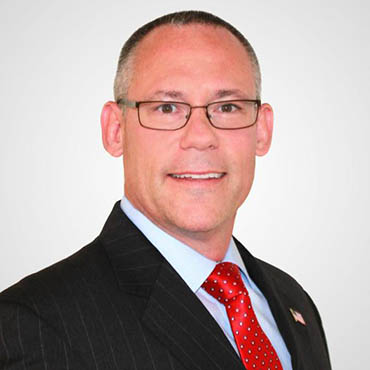What smart succession planning requires

Leadership changes don’t have to be painful. Here are some tips for easing the transitions.

Paul Wilson leads the Federal Solutions Team at the Ken Blanchard Companies.
President Barack Obama is pushing to attain next year’s agency priority goals before the end of his presidency, but the administration’s succession planning actually began more than two years ago.
Although change is not always ideal, having a framework in place to successfully transition critical roles continues to be a key consideration for government agencies and leaders.
Think about the following hypothetical case study: The branch leader for financial analysis at an agency office announces his intention to retire in two years. A year before the retirement date, a succession analysis reveals that performance would improve if the next branch leader possessed advanced data analytics skills and cloud-sharing abilities. Therefore, a list of succession candidates is generated with a focus on that particular skills gap.
Ultimately, an individual is selected for promotion upon the branch leader’s retirement. However, when the branch leader retires, the selected successor is transitioning out of the government workforce. The exit interview reveals that the employee would have stayed with the federal government and the branch had she known about the potential promotion.
In this case, what went wrong? Simply put, there was a communication failure. Because the agency did not tell the employee about its intention to promote her, she was unaware of the potential and thought she had to leave the agency to take the desired next step in her career.
This illustrates the importance of total execution from planning to communication. The communication gap resulted in the agency having an undesired staffing vacancy and potentially hiring a less skilled or less recognized person for the role.
Organizational and leadership change is inevitable; therefore, it is crucial to have a succession strategy in place that meets the needs of your organization while maintaining high-level productivity and mission-critical success.
The best practices for creating a successful succession plan well established:
- Clarify the organization’s mission and future service needs.
- Identify competencies required to support the vision.
- Develop a set of successors based on the current leadership structure.
- Assess and analyze critical skills gaps and flight risk.
- Monitor and evaluate organization and succession candidates.
- Create a training and development process.
- Outline, implement and evaluate the transition plan on an ongoing basis.
Yet while preparing those key elements can alleviate pain points in organizational transitions, there are also caveats to be aware of when implementing an effective plan. Especially within the federal government, leadership changes happen more often than not. Employee engagement, retention and recruiting are just a few areas of concern associated with major organizational transitions.
It is important to also consider these lessons learned:
- Don’t keep secrets. As stated in the case study, let employees know of any happenings within the organization, especially involving leadership. Change provides a chance to build a trusting, committed and confident workforce.
- Stick with the plan. We all know that time and budgets are precious, so if you dedicate time to developing a transition plan and communicating goals internally, don’t deviate unless organizational requirements change.
- Develop talent pools. Strong talent pipelines are the best way to retain top talent and improve recruitment efforts. By neglecting potential candidates, agencies risk missing out on the most qualified applicants.
- Build successors in all roles. A change in top leadership is not the only thing to consider. Other transformational roles are equally important to remain a high-performing agency.
NEXT STORY: Making the most of agency email scandals





